The expert guide to African safari - Africa
Whether first-timer or experienced explorer, getting on-the-ground insight before booking your safari is essential. Lucy Kehoe asks six in-country experts about making the most of local wildlife
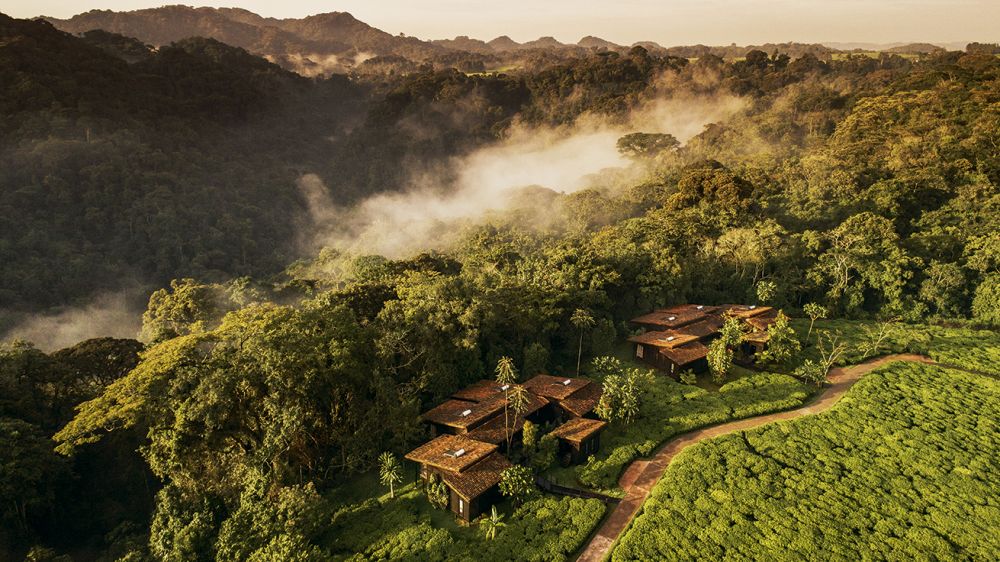
Whether first-timer or experienced explorer, getting on-the-ground insight before booking your safari is essential. Lucy Kehoe asks six in-country experts about making the most of local wildlife
With 20 national parks to choose from and relatively small visitor numbers, the untamed landscapes of Zambia offer a real adventure. And they’re even better when traversed on foot. Walking into the bush is a liberating feeling: on-foot safaris are an addictive blend of peaceful appreciation, absorbing investigation and thrilling tracking. Traversing the landscape, we’re reminded of our place in nature’s hierarchy and our reliance on long-forgotten skills which can help us navigate our way through the wildlife’s domain.
I’d always recommend you spend more nights at one or two lodges or camps rather than trying your luck at a handful. Fewer hours in transit gives you more time to form a relationship with your guide – and on a walking safari, you will benefit greatly from their local bush knowledge and skills. I’ve been impressed by some of Zambia’s newer walking-safari operations, which bring a fresh outlook and wonderful enthusiasm. Tusk and Mane is based in the Lower Zambezi, and offers escapades around Hemingway’s Africa, with two fly camps that operate along the Zimbabwe border on the Zambezi River and a further camp further north in the Rufunsa Valley, at Tafara Springs. The company’s experiences are all about returning to nature, with expeditions primarily on foot or by canoe and nights spent in luxury under old-style canvas. Located on an island, Chula Camp is surrounded by hidden lagoons and open grassland dambos where elephants, buffaloes and big cats congregate. This area is also where you’ll find countless hippos – both Luangwa and Zambezi rivers are full of them. During the dry season you can see crowds of several hundred squeezed up together, like grumpy, two-tonne sardines.
In the Kafue National Park, Jeffery & McKeith offers three-night expeditions between Musekese Camp and Ntemwa-Busanga Camp. In the dry months, herds of over 200 elephants make their home in the dambo in front of Musekese, while Ntemwa-Busanga is the place you’re most likely to spot a cheetah in Zambia.
For leopard sightings, the South Luangwa National Park, where I’m based, allows night drives, which not only increase your chances of seeing the elusive big cat but introduce you to many nocturnal creatures, too. When walking here, look for the lesser-known puku antelope. They’re more than just a pretty face, and arguably the most reliable informants in the bush. If you want to spot a leopard, you’ll have to find the puku first.
The South Luangwa National Park spreads out from the banks of one of Africa’s few remaining unmanaged rivers, a mighty force that carves through the Rift Valley in the wet season and shrinks to a meandering, quiet lifeline for wildlife in the dry season. You’ll also spot Cookson’s wildebeest – larger and much more handsome than the blue Wildebeest found elsewhere in Africa.
Before you leave Zambia, spend a few days in Livingston’s
Tongabezi Lodge, which combines sublime dining with pampering
at one of the world’s most iconic swimming spots, the Devil’s Pool.
The detail
Tusk and Mane expeditions start from £418pp pn on
an all-inclusive basis, including park fees. Aardvark Safaris runs a
seven-night safari combining four nights at Musekese Camp with
three nights at Ntemwa-Busanga (with the option of adding a stay
at Tongabezi Lodge), from £4,490pp, including flights, transfers
and activities. tuskandmane.com aardvarksafaris.co.uk
Deb Tittle is one of Africa’s top guides, with over 22 years’ experience. She founded Mapazi Camp in South Luangwa National Park, which offers bespoke walking safaris. surefootsafaris.com
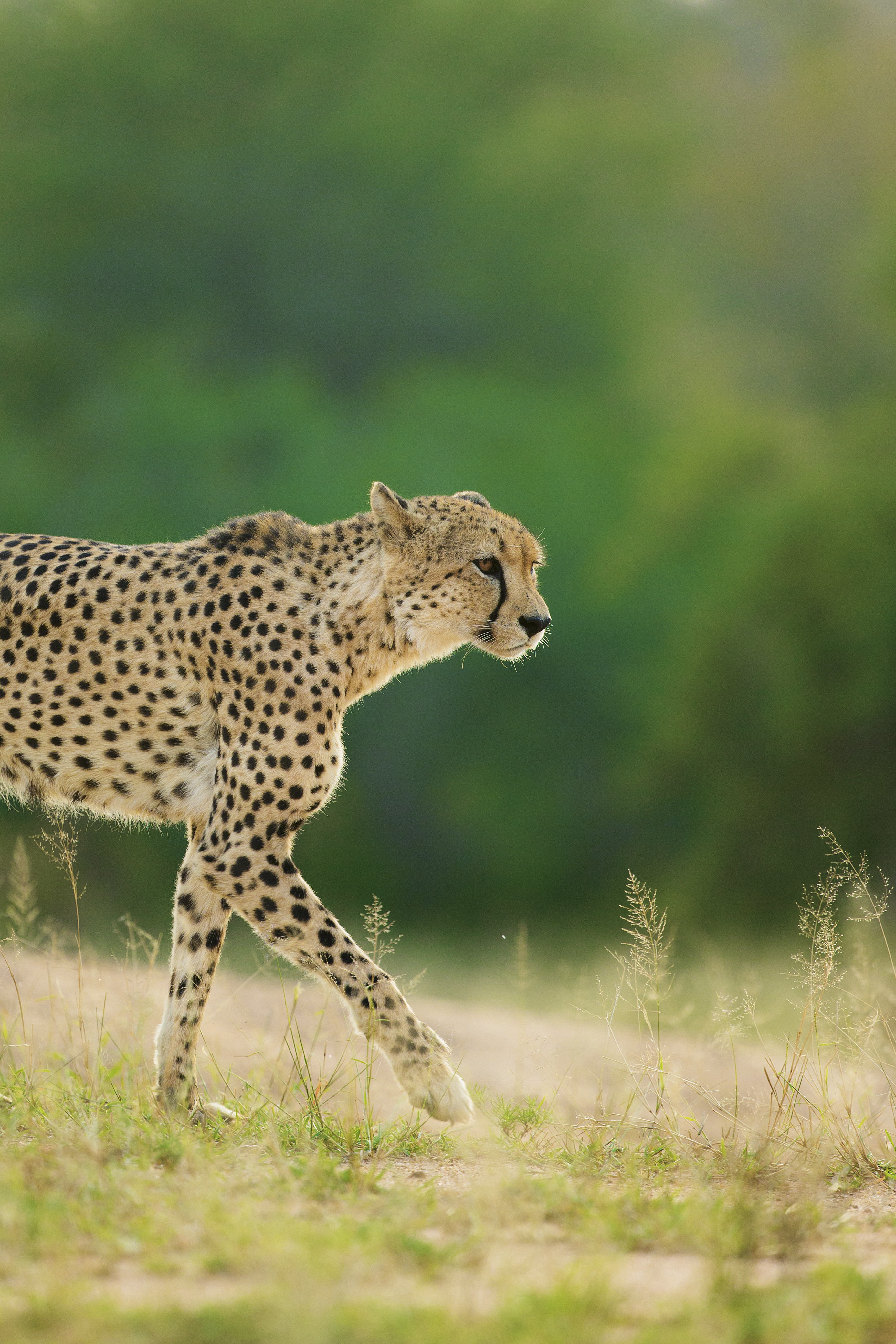
Photo by Jean Wimmerlin
Bright-eyed, inquisitive and endangered, almost half of the world's estimated 1,063-strong mountain gorilla population lives in Rwanda's Volcanoes National Park, hidden among the lush vegetation. It's no easy feat to encounter them. Each of the 12 family groups can be visited by only eight visitors a day, so trekking permits are scarce. And even if you have one, you can expect to be pushing through dense jungle for hours to glimpse our closest relatives. Organise your trip well in advance to ensure you can obtain a permit. The rainy season, though wet, is less competitive.
It pays to explore Rwanda beyond the silverbacks, too. In the south-west, on the border with Burundi, sits the Nyungwe National Park, where I work. Nyungwe is special. It’s one of the world’s oldest rainforests and the largest remaining tract of cloud rainforest in Eastern Africa. Perched on a mountain ridge that divides Africa’s two largest water systems – the Nile and the Congo – you’ll find the source of the world’s longest river in a mountain spring.
The park is home to over 1,000 plant spices, including 200 types of orchid, which carpet the rainforest and provide a home to
amphibians, reptiles, birds, elusive mammals and, most famously,
primates. In total, 13 types live in the treetops, including my
favourites – the small population of chimpanzees. Two groups live in Nyungwe National Park. On an early-morning chimp track,
you’ll hear them before you see them, but you might have to jog
through the jungle as they're quick movers. Get up early – treks
start around 4am and take two to five hours. Only two groups of
visitors can visit a group of primates a day, so arrange through your
lodge to ensure the permit has been organised. Other primates
you might encounter are L’Hoest’s monkeys – Nyungwe’s most
recognisable inhabitants, thanks to their frazzled white face hair
and habit of building elaborate nests high in the forest canopy
– inquisitive red-tailed monkeys and gangs of colobus monkeys,
which rove the treetops in huge groups of up to a hundred.
Then there are the rainforest’s birds. Over 310 species live in Nyungwe, including the mohawked great blue turaco, whose electric-blue feathers contrast spectacularly with their custard- yellow beaks. You’ll also spot Grauer’s rush warblers, yellow African citril finches and red-collared mountain babblers. Keep an eye out for the mammals, too: the slinky spotted serval cat, mongoose, the Congo clawless otter and – if you’re lucky – a quietly padding leopard catwalking down a vine-covered branch.
One&Only Nyungwe is on the edge of the rainforest, with a tea plantation hugging it against the treeline. It offers wildlife
treks and mountain-biking experiences, while the spa offers
therapies using native ingredients. There are 15 rainforest trails in the park, including the easy Karamba Trail and the more
challenging Mount Bigugu Trail. For a primate’s-eye view of the
park, try crossing the treetop walkway, 60m above the ground.
And be sure to visit the thundering Isumo Waterfall, too. Like most
things in Rwanda, it has to be seen to be believed.
The detail
A three-night stay at One&Only Nyungwe House costs
from £4,300, based on two sharing, and includes safari activities (excluding chimpanzee permit).
Evariste Musonera is a guide in Nyungwe National Park. nyungweforest.com
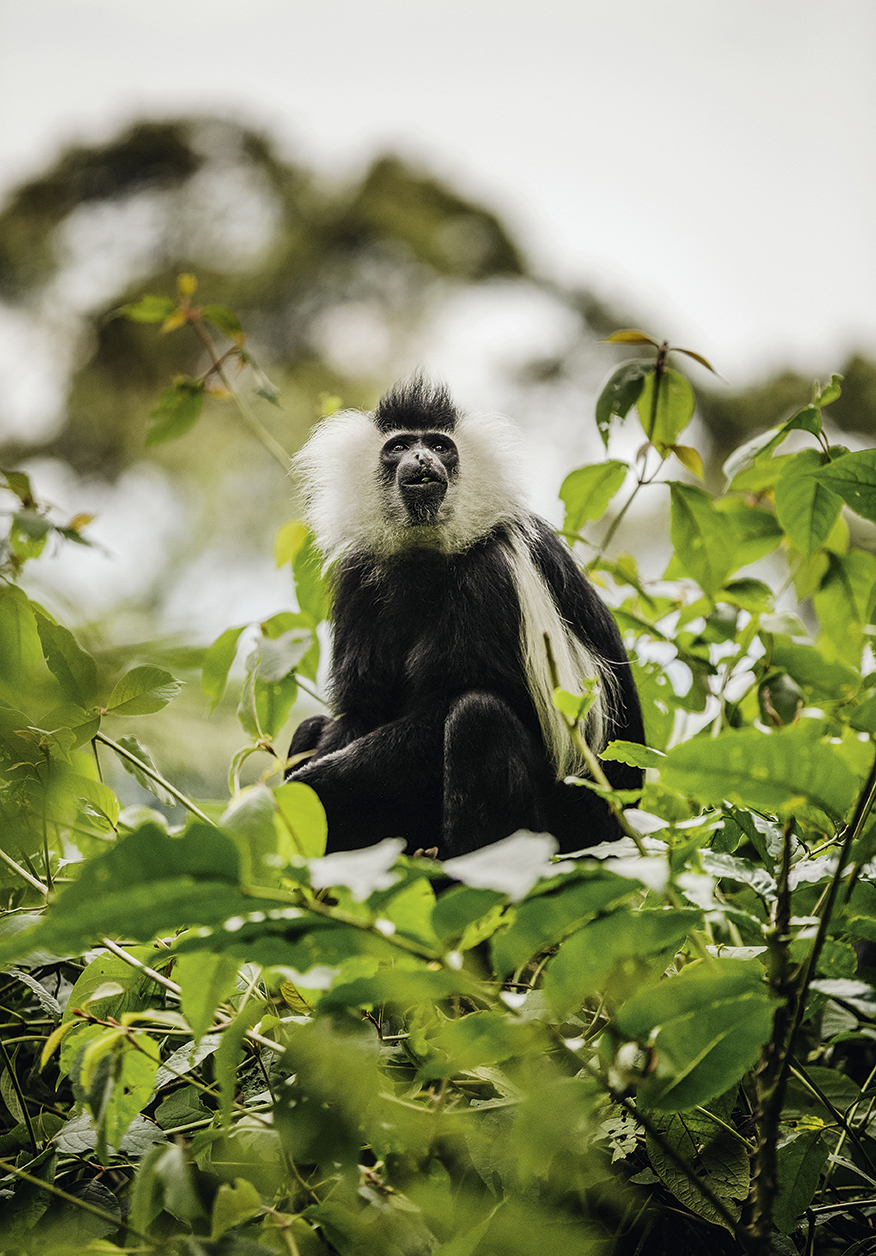
Photo byOne&Only Nyungwe House
Zimbabwe is one of the most beautiful wilderness landscapes in Southern Africa. It’s a haven for intrepid travellers, with dramatic landscapes, an ideal climate, warm and friendly people and some of the best wildlife encounters in the world. From its savannah grasslands in the central and western regions, to its exotic rainforests in the eastern highlands and the drier woodlands in the northern tip, this is a country with diversity at its core.
To explore some of Zimbabwe’s remotest landscapes, head to the South Eastern Lowveld. You will find wild stretches like the Save Valley Conservancy, one of the largest private game reserves in Africa, and the Sango sanctuary, a 600sq km area of unfenced, protected wilderness. Most of the Big Five can be found in all of Zimbabwe’s national parks, but this area in particular is known for its rhinos. The region is home to nearly 90 per cent of the country’s rhino population and many camps, lodges and safari operations in the area help safeguard the majestic creatures.
Take Singita Pamushana Lodge, one of the stand-out properties in the area. Perched on a ridge in the Malilangwe Wildlife Reserve, a stay at this luxury lodge gives you direct access to some of the highest concentrations of black rhinos living in Africa, on twice- daily game drives and bush walks. Other regular sightings from the lodge include a healthy population of elephants and giraffes.
A little further north, you can learn about the management of the wilderness at Sango Lodge and Tented Camp, a conservation- focused enclave set up in 1993. Over 100 rhinos live here, and you can get an insight into how they’re protected by joining in the rhino count, helping out with tracking, marking and releasing the animals. This is also the place for elephants: the population here is so large it’s become an issue in itself. The new tented camp offers an expedition-style adventure into rural Zimbabwe.
Don’t forget the country’s lesser-known creatures, either: the insects, the birdlife (the country counts over 320 bird types in its skies and waterways), the river-residing mammals and the nocturnal creatures, such as the pangolin. The South Eastern Lowveld is famous for its birds of prey – over 34 species of vultures, hawks, eagles and owls. Head out with your binoculars at Singita Pamushana Lodge to spy 14 kinds of eagle, or at Sango – recently designated a safe zone for the African vulture.
Just over an hour’s drive from Sango, the dramatic cliffs of Chilo Gorge fall away into the Save River as you enter the
Gonarezhou National Park. Chilo Gorge Lodge is a star for
sustainability, having worked with local communities to turn the
conflict between humans and animals on its head. From the
lodge’s treetop heights, you'll spot elephants, hippos and even
crocodiles, wallowing in the waters of the gorge below.
The detail
Journeys by Design offers three nights each at Chilo
Gorge and Singita Pamushana lodges, from £7,174pp, based on
two sharing, including full-board accommodation, internal flight,
road transfers and safari activities. A deluxe tent at Sango costs
from £647pp pn, based on two sharing (minimum three nights),
and includes two game drives per day, walking safaris, meals,
drinks and taxes. journeysbydesign.com sango-wildlife.com
Beks Ndlovu is a Zimbabwe-born safari guide and founder of the safari company African Bush Camps. africanbushcamps.com
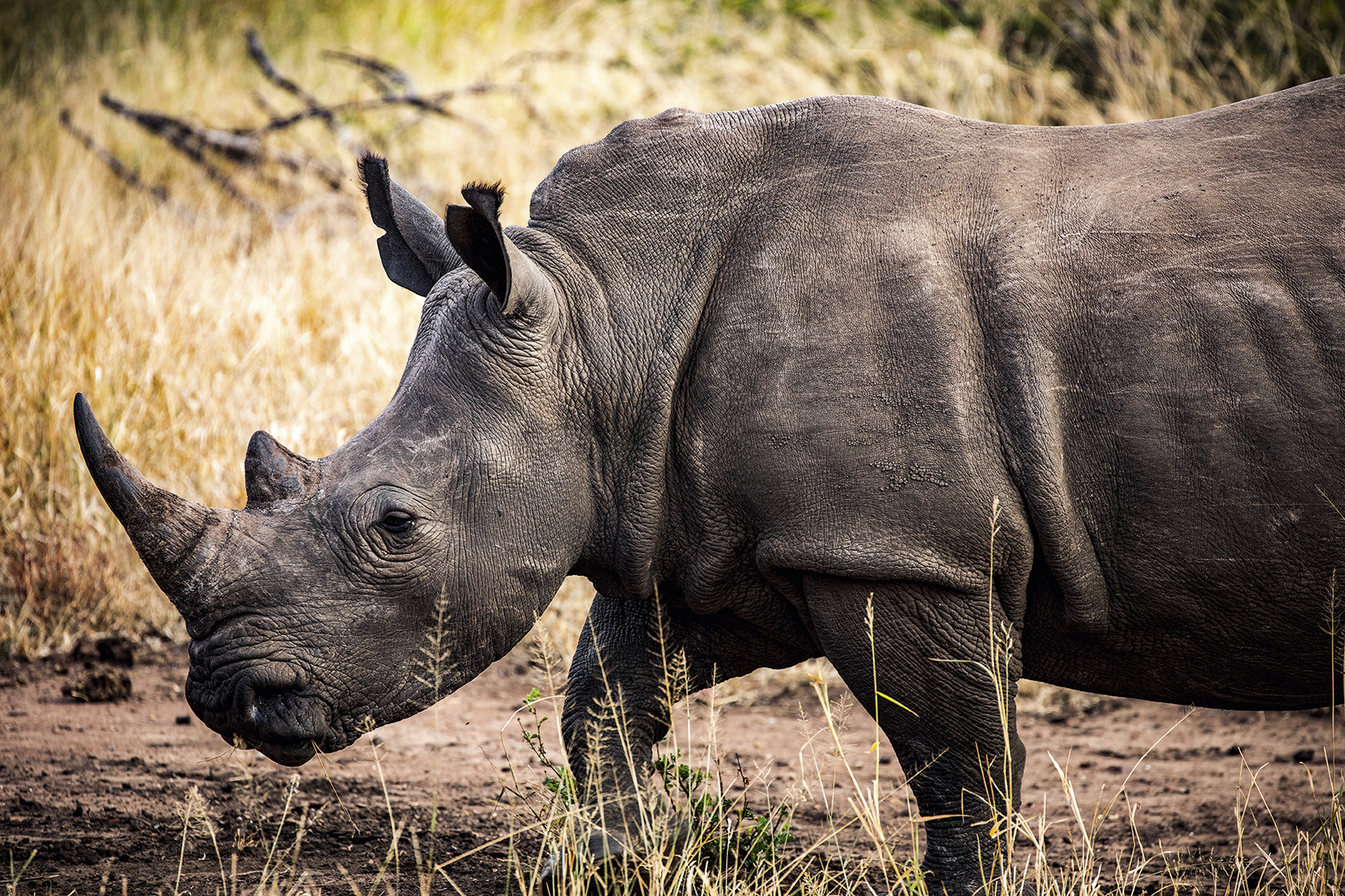
Photo by Singita Pamushana Lodge
South African safaris are the most accessible on the continent for families. It’s a country that offers some of the best – and least taxing – opportunities for up-close sightings of the Big Five, including the highly endangered black and white rhinos, but when you’re out in the bush, make sure you take time to create some memorable experiences beyond the game drives.
This country boasts some of the continent’s best private villas and lodges, which are perfect for families in the current climate, and which allow you to get you up close and personal with the country’s most beautiful animals. Lounging around by the pool or taking dinner on the terrace, you’ll always get the chance to enjoy armchair wildlife as creatures gather around waterholes or investigate their new neighbours. The colourful Jaci’s Sabi House, in the Sabi Sands Reserve, is a top private safari experience. You can be drifting in the pool and spot a family of warthogs tiptoeing across the scrub just 40m from you. Sleeping up to six, a stay includes twice-daily game drives led by an on-site guide, and meals prepared by a private chef.
South Africa’s malaria-free Waterberg region is teeming with sable antelopes, nyalas, oryxes and Livingstone elands. At Limpopo Province’s Ant’s Nest homestead, the kids will wake up to rhinos grazing on the front lawn. Little ones can discover the bush’s creepy-crawlies on bug walks and reptile-handling experiences. There’s no strict itinerary and you’ll have the chance to try a unique riding safari – no experience required. Cantering over sandy tracks and high ridges, you can get up close to rhinos and other bush creatures like giraffe and zebra, who aren’t spooked by the horses.
It’s not all about wildlife, though: one of my must-sees on safari is the star-lit South African sky, best viewed from a candlelit dinner or campfire. At Chalkley Treehouse, in the Lion Sands Reserve, couples sleep under the stars on a raised platform built around a majestic 500-year-old leadwood tree. Just a ten-minute drive from the Lion Sands Lodges, the treehouse – equipped with a comfy bed and picnic dining – is in the middle of expansive bush that’s lit only by lanterns and the skies above. You’ll fall asleep to the huffs and growls of animals roaming nearby.
And you can’t miss a South African sunset. Each one is properly appreciated on safari and celebrated with a sundowner. After clinking G&Ts, it’s off on a night drive. Spotlights offer sightings of nocturnal animals such as leopards, hyenas and jackals. You might even witness a lion hunt. The new &Beyond Tengile River Lodge in the Sabi Sands Game Reserve offers some of the best game viewing in South Africa, best experienced from one of their evening safari drives. The area is famed for its leopards, but the lodge’s stargazing experiences are not to be missed, either.
When you’re heading home, try one last night at the luxury
Oyster Box Hotel. It’s the perfect place for all the family to kick
back, with gorgeous Indian Ocean views and an award-winning
spa. It’s just north of Durban, close to the airport.
The detail
Original Travel itineraries can include stays at Jaci's
Sabi House, Ant's Nest, Chalkley Treehouse and the Oyster Box
Hotel, from £2,490pp. Mahlatini has a 13-day South Africa safari
itinerary, including a stay at &Beyond Tengile River Lodge, from
£9,600pp, including flights. originaltravel.co.uk mahlatini.com
Greg Fox is the co-founder of Mahlatini safari experiences and has over 20 years’ experience in the field.

Photo by Marataba Conservation Camps
When you land in Kenya, it’s the smell of sun-bleached grass and baked earth that hits you first, sometimes with a hint of rainstorm in the air. Then it’s the light. The people, trees, buildings, stray dogs, bashed cars – all so much more vivid. It's visceral, and it’s what makes Kenya unlike anywhere else in the world.
To get the best safari experience here, you need to take your time and invest in the experience. And for big cats, the place to go is still the Maasai Mara. With a unique weather system – propelled by the moods of Lake Victoria – there’s always something unusual going on. You don’t have to visit during the wildebeest migration, when it can get a little crowded. I tend to prefer traversing its plains during quieter times to see the cats in all their glory. If you follow the river systems, taking time to scan along the branches of the fig trees, you’re sure to find a leopard taking a nap in the heat of the day. The lion prides are large and competitive, with each fierce cohort of related females matched with a powerful coalition of males. Richard’s River Camp is one of the best in the Maasai Mara, located in the well-run conservancy adjoining the main National Reserve. The camp has its own resident lion pride, which hunts right in front of the property. Or check out the original Serian Camp, where you’ll stay in a tent with hardwood flooring and an adjourning ‘bush bathroom’, from where you can enjoy views over the Oloololo Escarpment from the bathtub. Both offer the wonders of the world’s most famous African ecosystem while giving you a little exclusivity.
When on the plains, don’t forget the small stuff – from frogs to dung beetles or solifugids (alien-looking desert arachnids). It’s worth investing in a black light (UV torch) to explore the world of scorpions at night. Lit with an unearthly greenish glow, you can watch them hunt, rolling across the landscape like tanks and ruthlessly penetrating each hole and crevice in search of prey.
If you’re wanting a change from 4x4 game drives, try Helen Douglas-Dufresne’s Wild Frontiers camel safari. Just north of the Maasai Mara, in the wild foothills of the Ndoto (Dream) Mountains, you’ll be following in the footsteps of your ancient ancestors across Africa’s Rift Valley in the company of nomadic Samburu people. Visit in the dry season and there’s a chance to see the community’s singing wells, where warriors stand ankle to shoulder, seven people deep, passing up buckets of water for their livestock. You'll camp in riverbeds under the stars, a lullaby of lion roars mixing with the songs of the nomads.
In the last ten years, wild dog populations have rebounded in Kenya – and you can catch some of the best sightings in Laikipia’s conservancies, over the mountains, or a two-hour flight from the Maasai Mara plains. Laikipia Wilderness has regular sightings and specialises in finding den sites. Or visit the Borana Conservancy, which is a haven for them (and you’ll get to see free-roaming rhino to boot). The dogs rip through the landscape, hoovering up dik-dik and other prey. It’s a formidable sight.
The detail
Richard’s Camp, Serian Camp 'The Original' and
Helen Douglas-Dufresne’s camel treks can all be visited on an
all-inclusive eight-night trip with The Luxury Safari Company,
from £7,500pp, including flights. theluxurysafaricompany.com
Saba Douglas-Hamilton is a conservationist and film-maker, and runs the eco-luxury Elephant Watch Camp in Kenya’s Samburu National Reserve. elephantwatchportfolio.com
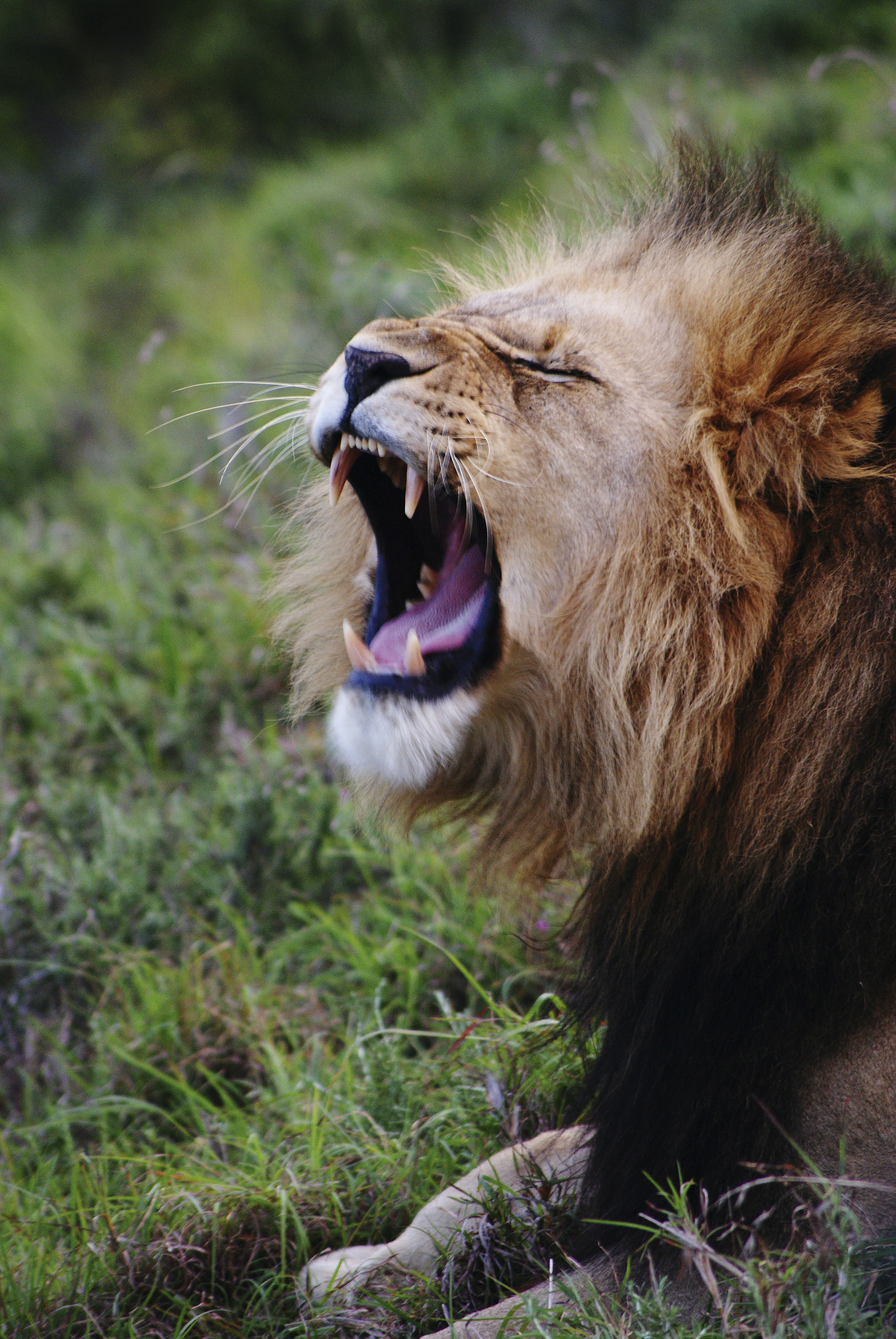
Photo by Zoe Reeve
In Botswana, you can experience nature as it’s always been. I was born in the country’s central Chobe National Park and I’ve always lived here. Heading off on safari, every person wants to see and experience something different, but only Botswana offers all of it. With a small population of only two million living inside a very big country, it’s a freeing place to travel.
A trip isn’t complete without visiting the Okavango Delta, the world’s largest inland delta. Between the lagoons, lakes and channels, Camp Okavango sits on the remote Nxaragha Island. It offers water-based safaris in ancient mokoro, the traditional dugout canoes used by generations of Botswana tribes. Whether in mokoro or by electric motorboat, you’ll be taken out by experienced guides, experts at navigating reed-lined lagoons and flooded grasslands. Moving silently over the water, it’s a chance to share a habitat with the delta’s wildlife, from majestic, wallowing hippos to brooding crocodiles and quick-as-lightning birdlife. Pack binoculars – you don’t want to miss anything, especially not the bird inhabitants. There are over 600 kinds in the delta, most of them migrating through. Try to spot beady-eyed red-billed oxpeckers as they flutter around submerged hippos, feeding on ticks and mites, and long-footed, long-billed African jacanas, which sit on lily pads looking for insects. And don’t forget the leopards – they’re a very special sighting as they’re so good at hiding, but your best bet is in the Okavango.
If you’re in the Chobe National Park, the marshes and waterways of the Savute Channel are the place to go for elephants. Linking the Savute Marshes with the Linyanti Marshes, the channel fills and drains without any rhyme or reason, and sometimes stops flowing for years, before refilling. Savute Safari Lodge, in the western section of the park, looks out over the winding watercourse.
It’s dry now and the channels have shrivelled up into small waterholes. That means you hardly need to go on a drive: zebra and lions congregate around the waterholes right in front of the lodge. And, of course, the animal at the top of everyone’s list when they come to Botswana is the elephant. They’re my favourite, too. The Savute waterholes attract so many – you wouldn’t think as many could live in the same place. Don’t dismiss the baboons or monkeys, either – they’re just like naughty children.
We need to make sure that the natural beauty is still around for our children and grandchildren. Botswana leads the continent’s sustainable tourism – you must support responsible lodges that give back to the country and empower our people. Look for lodges that offer electric boats, sustainably built lodges and give opportunities to women in the community.
The detail
Expert Africa's six-night Botswana safari includes stays
at Chobe Game Lodge, Camp Okavango and Savute Safari Lodge,
from £3,200pp, including full-board, activities and aircraft transfers
between lodges, based on two people sharing. desertdelta.com
Albert Ndereki is the ecotourism and sustainability specialistat Chobe Game Lodge, Botswana. chobegamelodge.com
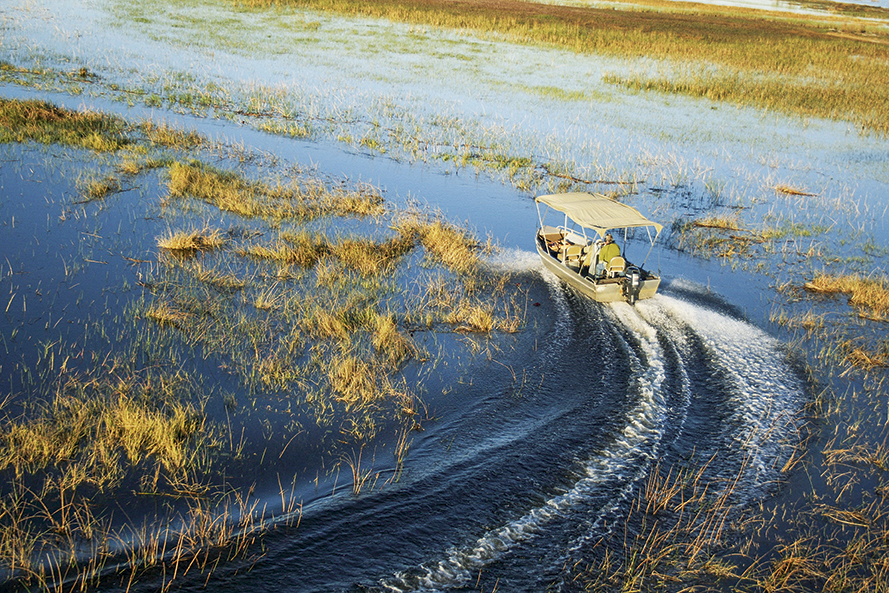
Photo by Camp Okavango
Subscribe and view full print editions online... Subscribe